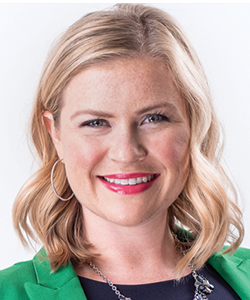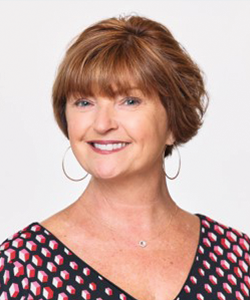
Register Now
Includes one complimentary Continuing Education (CE) credit.
To request speech-to-text captioning during this event, please contact us.
Nearly 80 percent of adults ages 50 and older want to remain in their current homes as they age, according to AARP. Aging in place is often more affordable than transitioning to a community care setting and allows someone to retain independence in a comfortable, familiar setting. However, aging in place isn’t right for everyone. It requires careful planning, research, and coordination. Join this webinar to learn more about how to identify goals as a person ages and important considerations for planning for the future.
Participants in this webinar will be able to:
- Understand how to plan for the future to achieve aging goals
- Identify how to age in place based on existing health needs and potential future needs
- Identify potential hazards in the home that could prevent aging in place
- Describe the many resources available to support aging in place and options for when it is no longer safe to live at home
Presenters:
 Lakelyn Hogan, PhD, is a gerontologist and caregiver advocate at Home Instead. She educates professionals in aging, families and communities on the unique challenges that older adults face and the resources available to help them thrive. Hogan has worked in the private and public sectors of senior care services and has spoken at national and international conferences on caregiving and aging, plus serves as a resource to the media. She is a board member of the National Alliance for Caregiving, board chair for the Dreamweaver Foundation and vice chair of the Alzheimer’s Association’s Dementia Care Provider Roundtable.
Lakelyn Hogan, PhD, is a gerontologist and caregiver advocate at Home Instead. She educates professionals in aging, families and communities on the unique challenges that older adults face and the resources available to help them thrive. Hogan has worked in the private and public sectors of senior care services and has spoken at national and international conferences on caregiving and aging, plus serves as a resource to the media. She is a board member of the National Alliance for Caregiving, board chair for the Dreamweaver Foundation and vice chair of the Alzheimer’s Association’s Dementia Care Provider Roundtable.
 April Ibarra, MGS, is a gerontologist and strategic partnerships manager for Home Instead, with more than 25 years’ experience in healthcare and aging. She is passionate about improving the lives of older adults through advocating, educating, and providing resources to help them live their highest quality, most independent life.
April Ibarra, MGS, is a gerontologist and strategic partnerships manager for Home Instead, with more than 25 years’ experience in healthcare and aging. She is passionate about improving the lives of older adults through advocating, educating, and providing resources to help them live their highest quality, most independent life.

